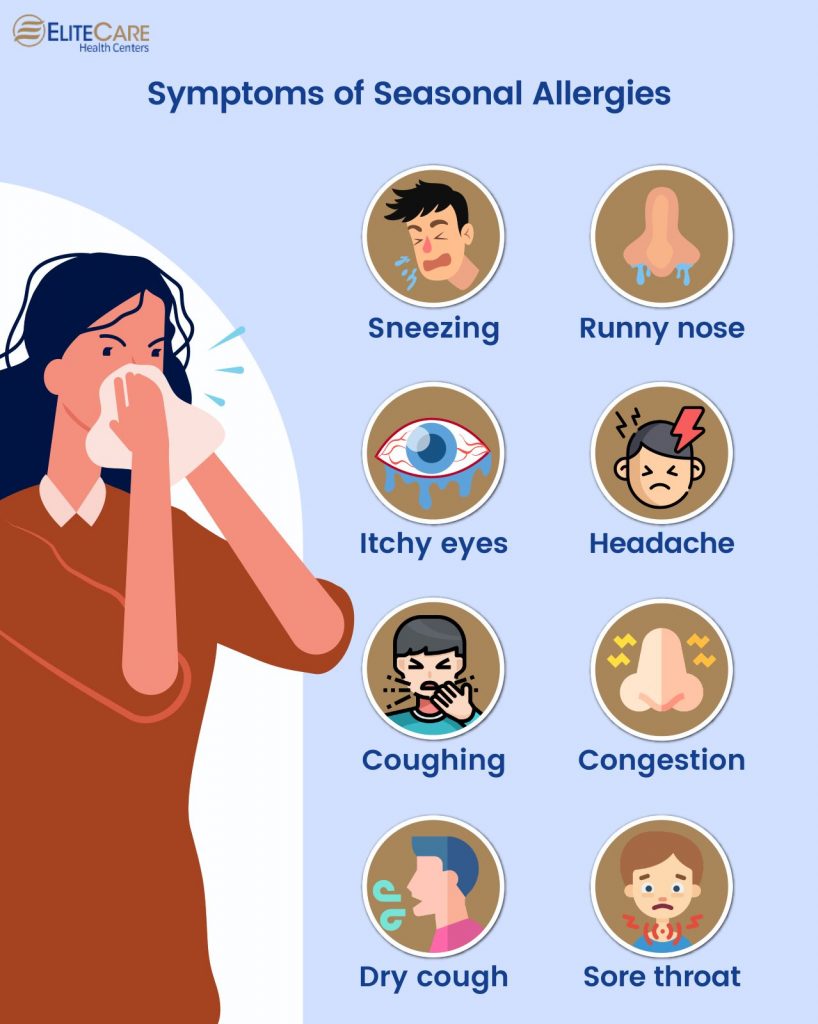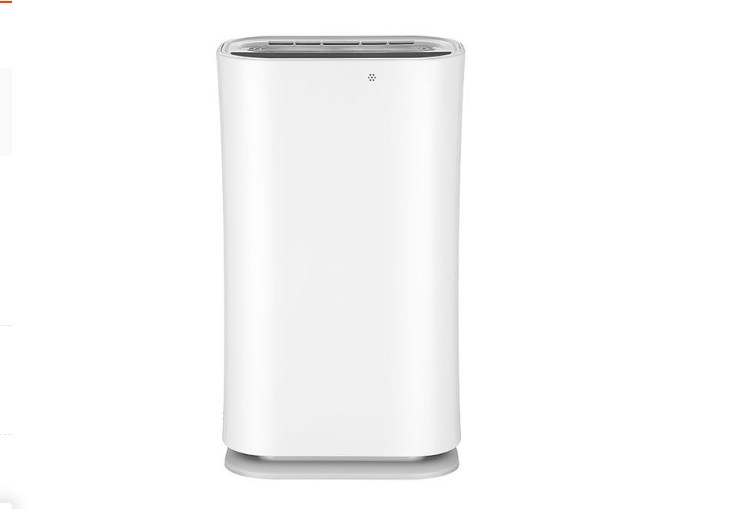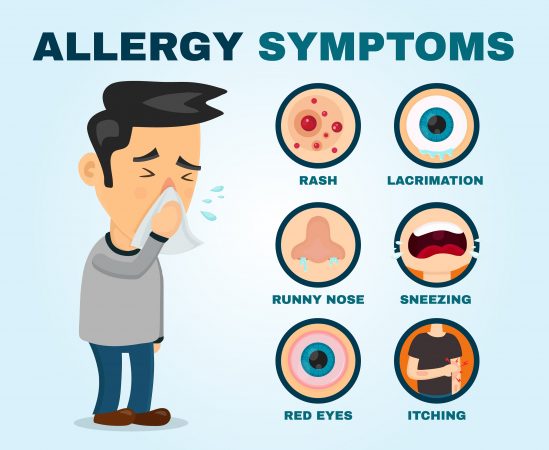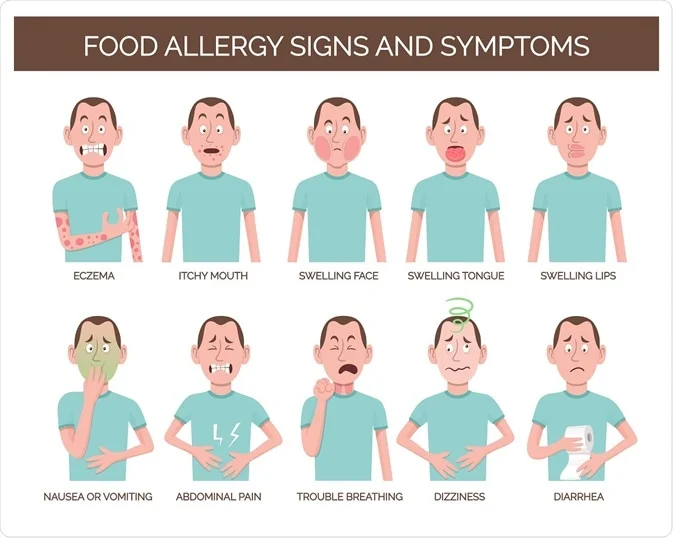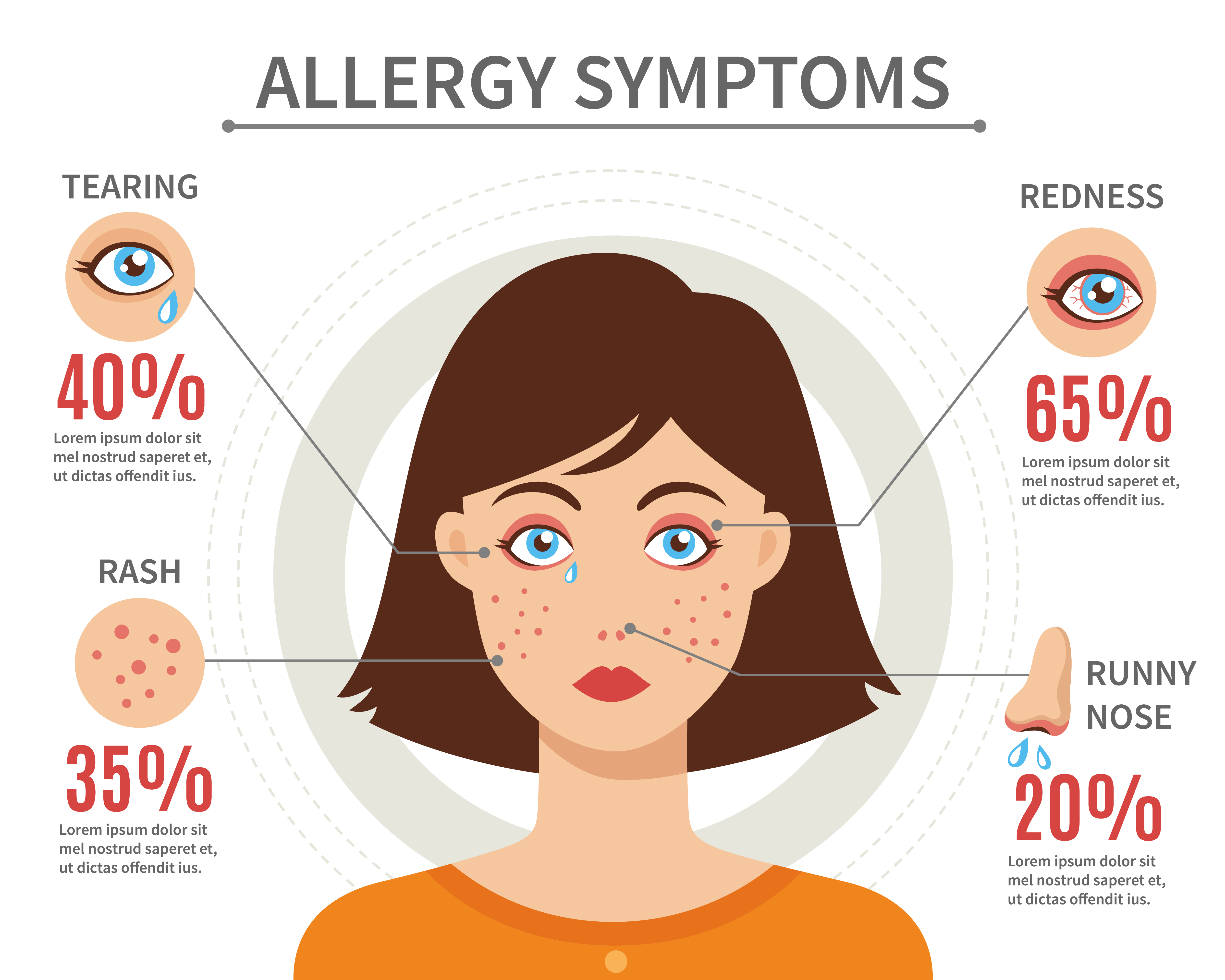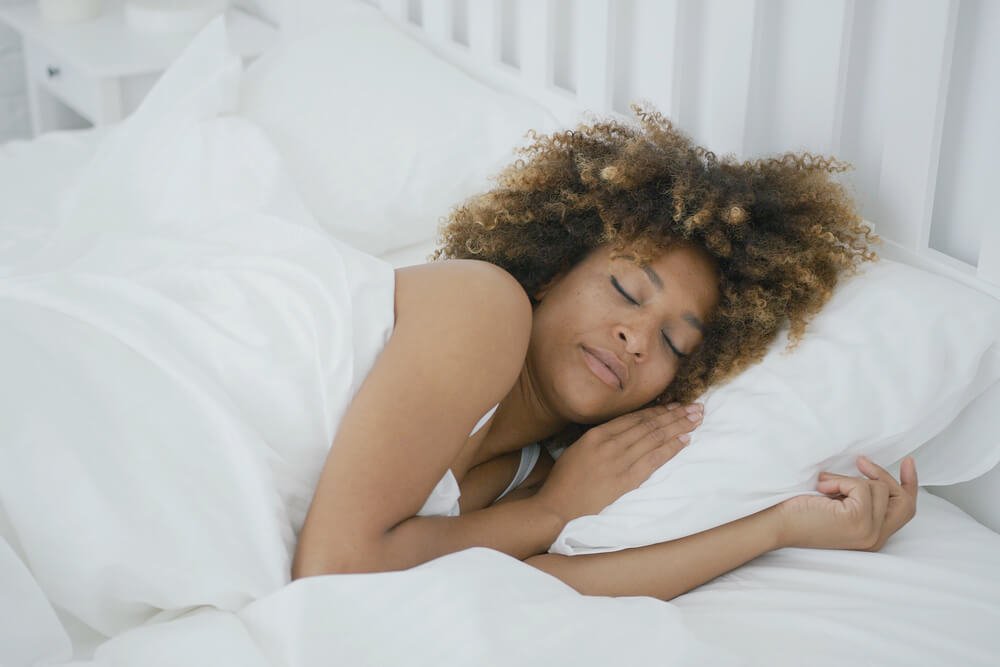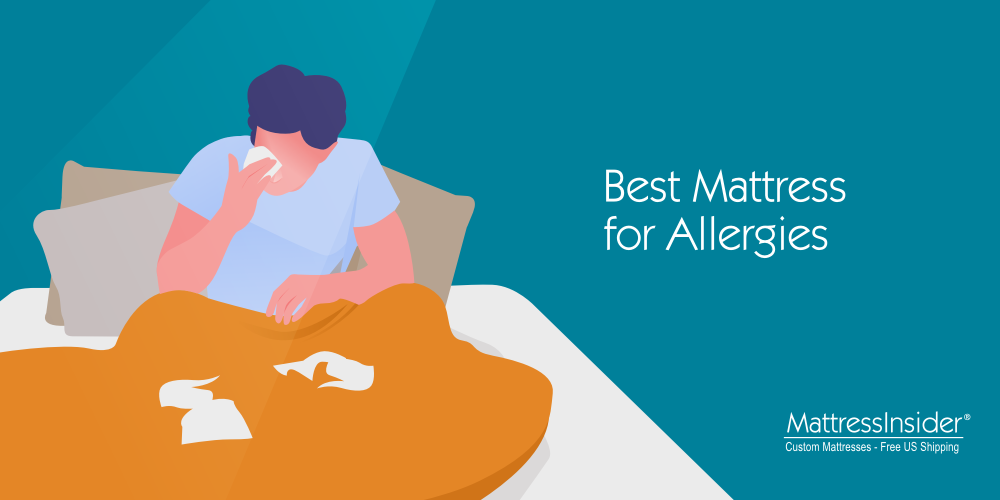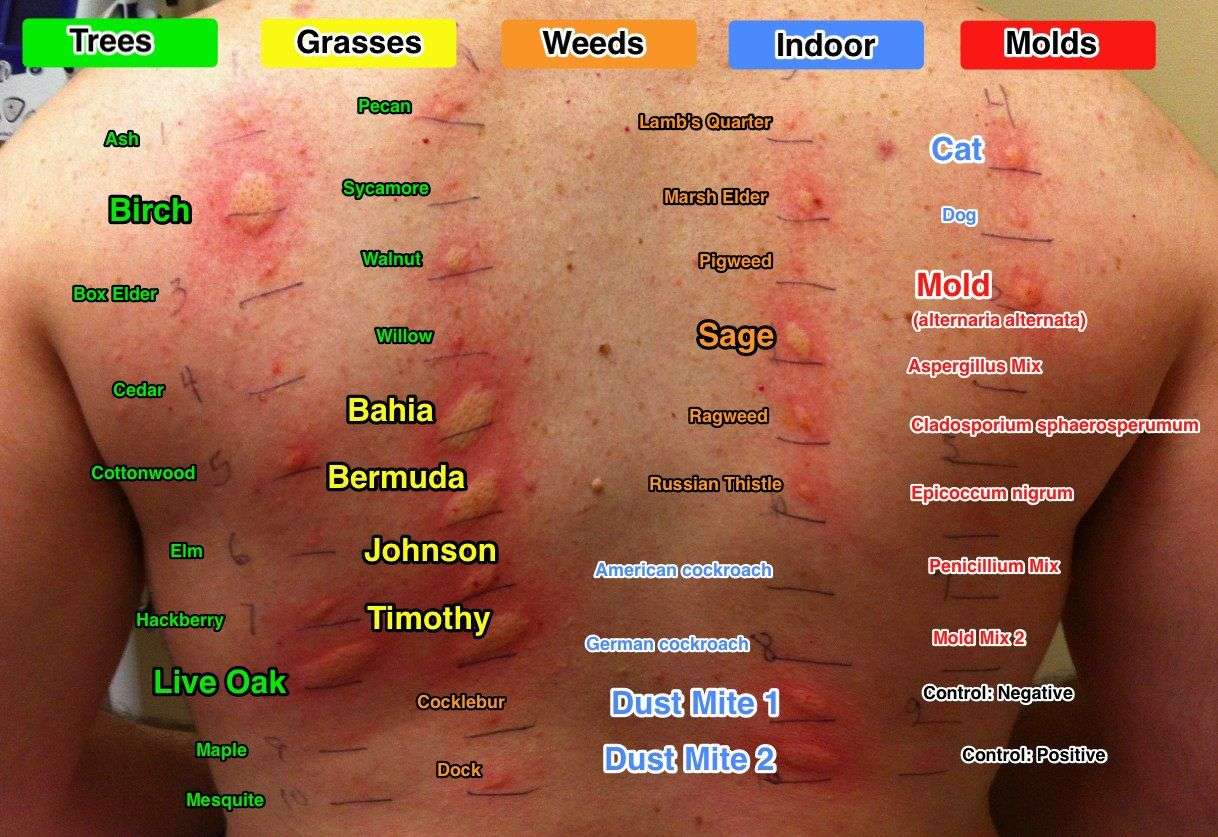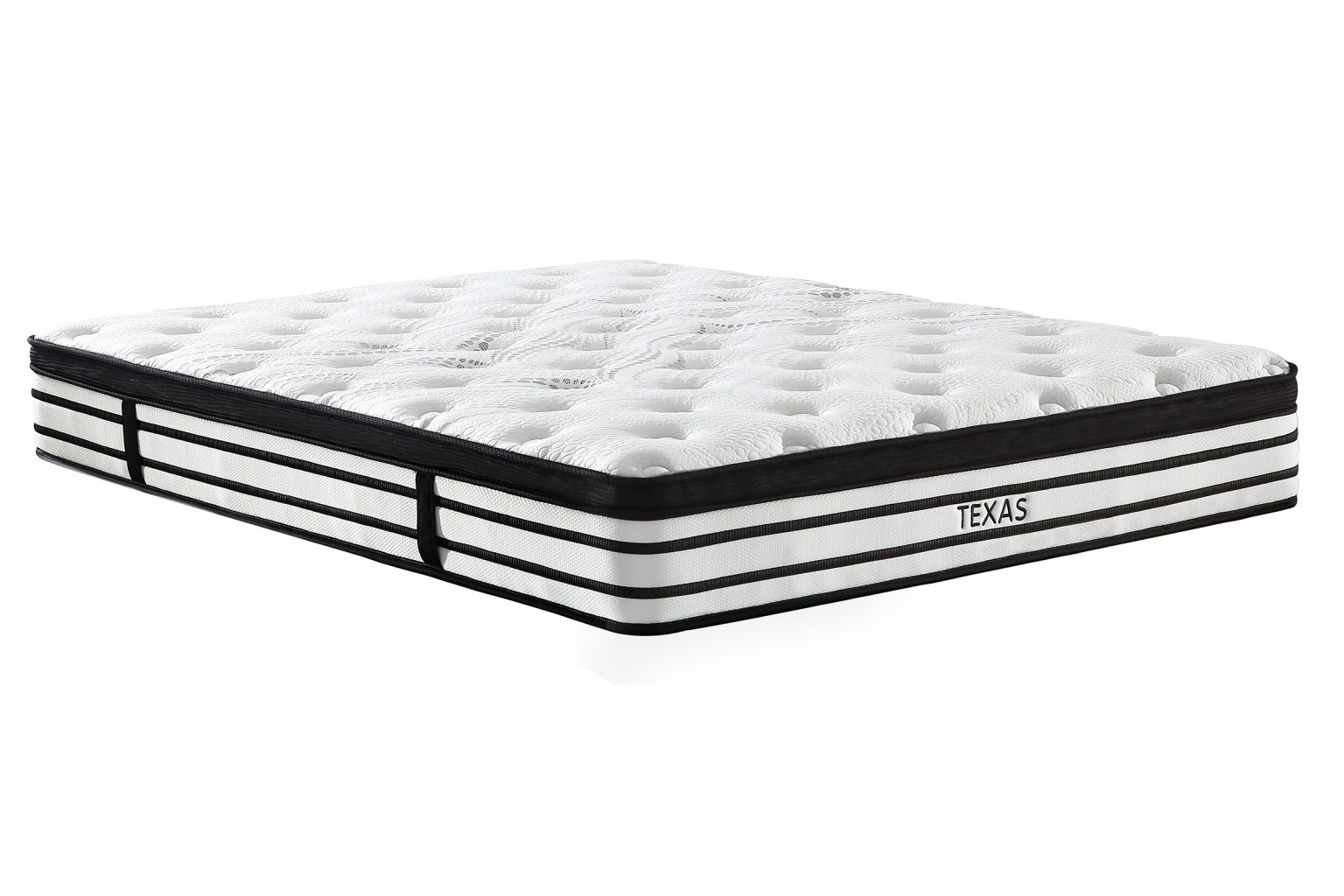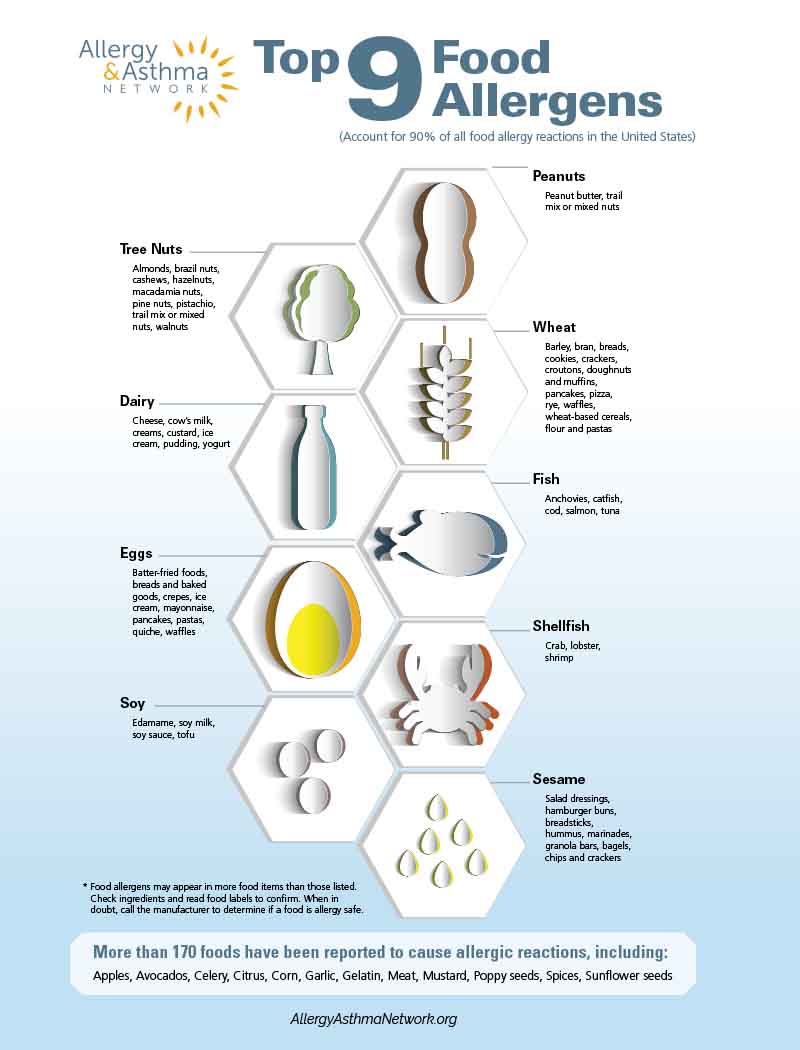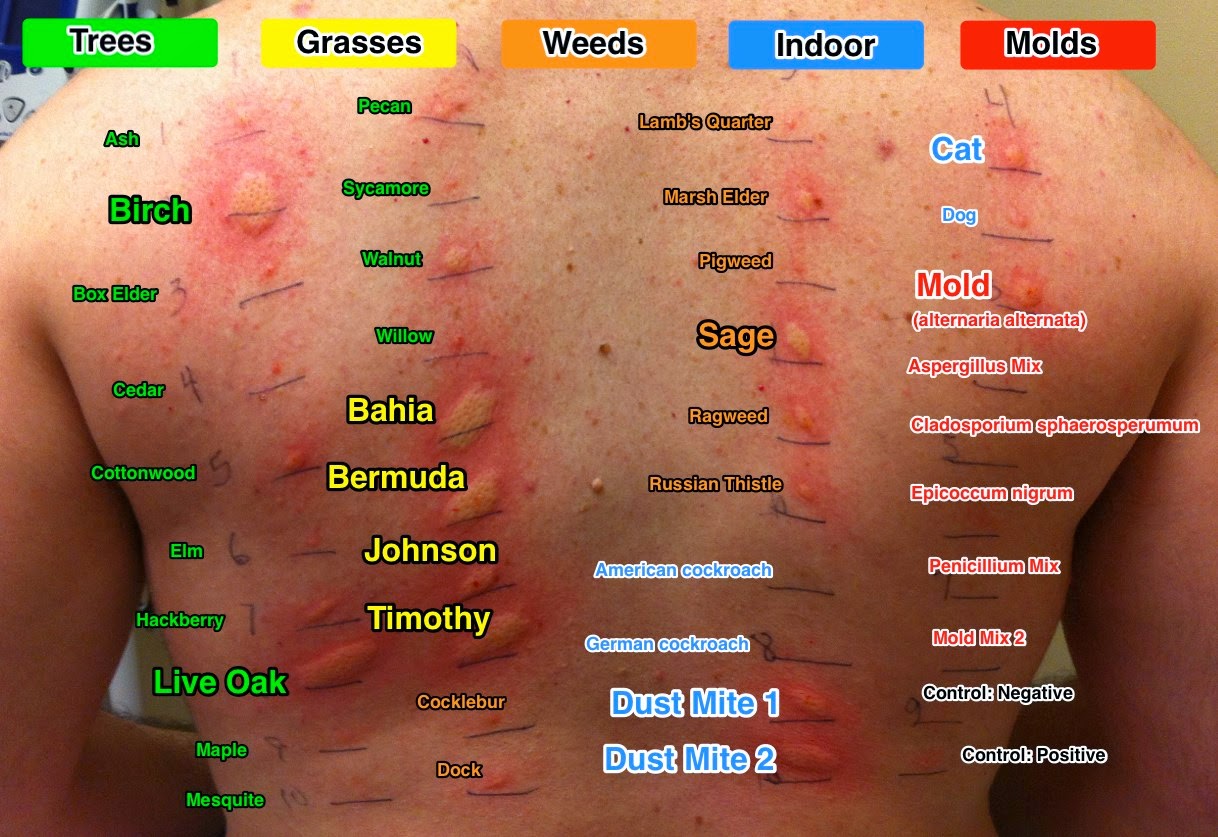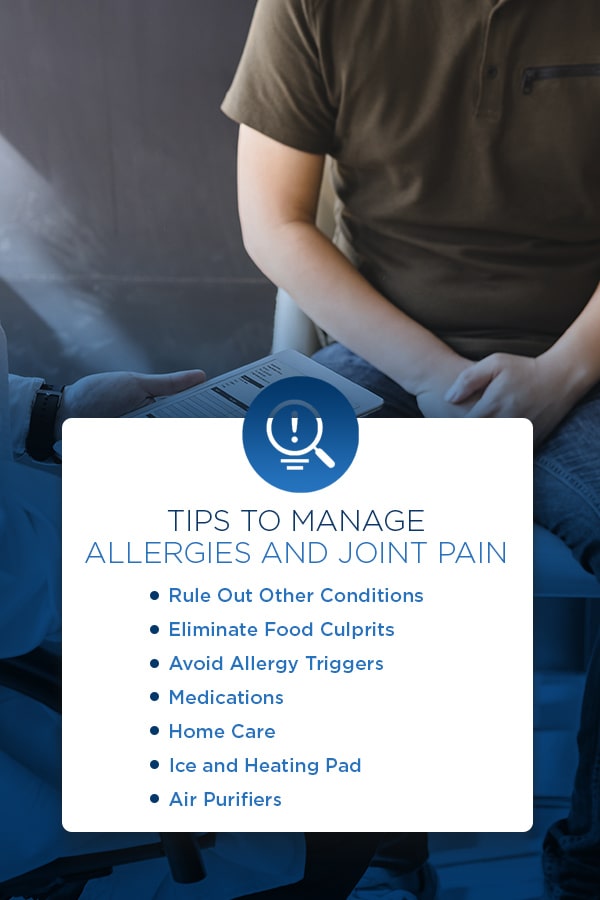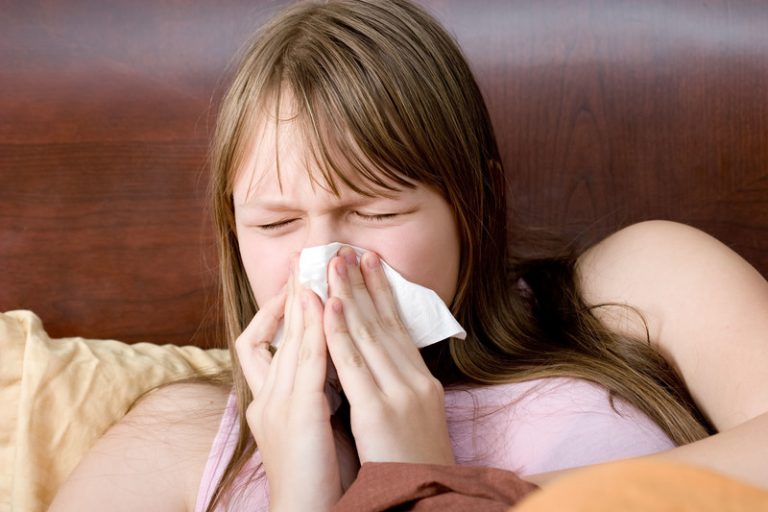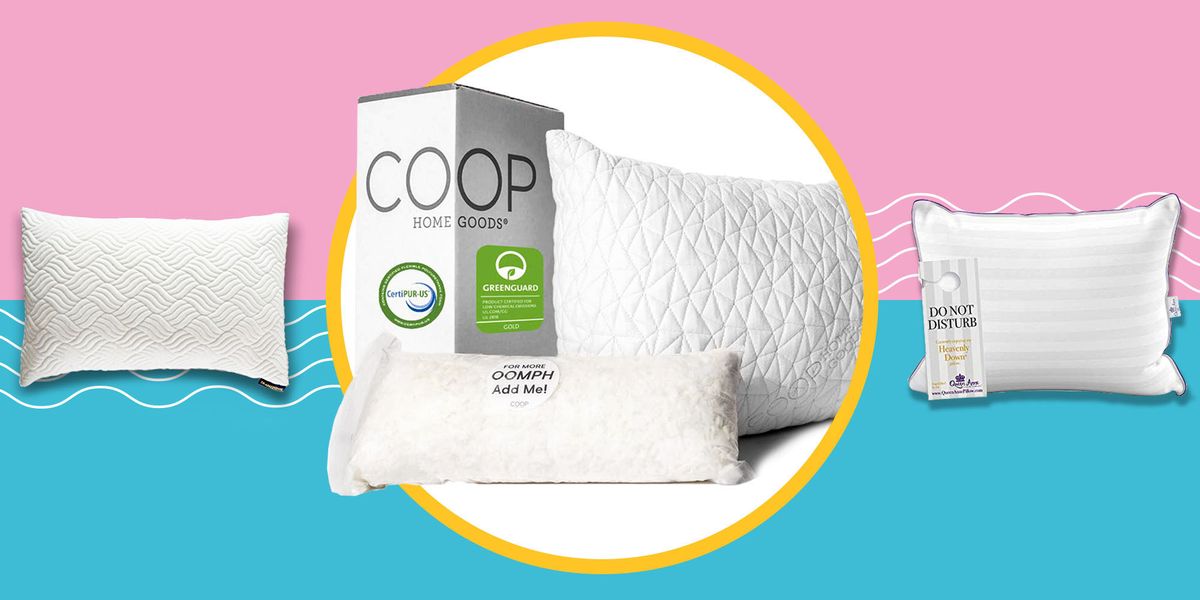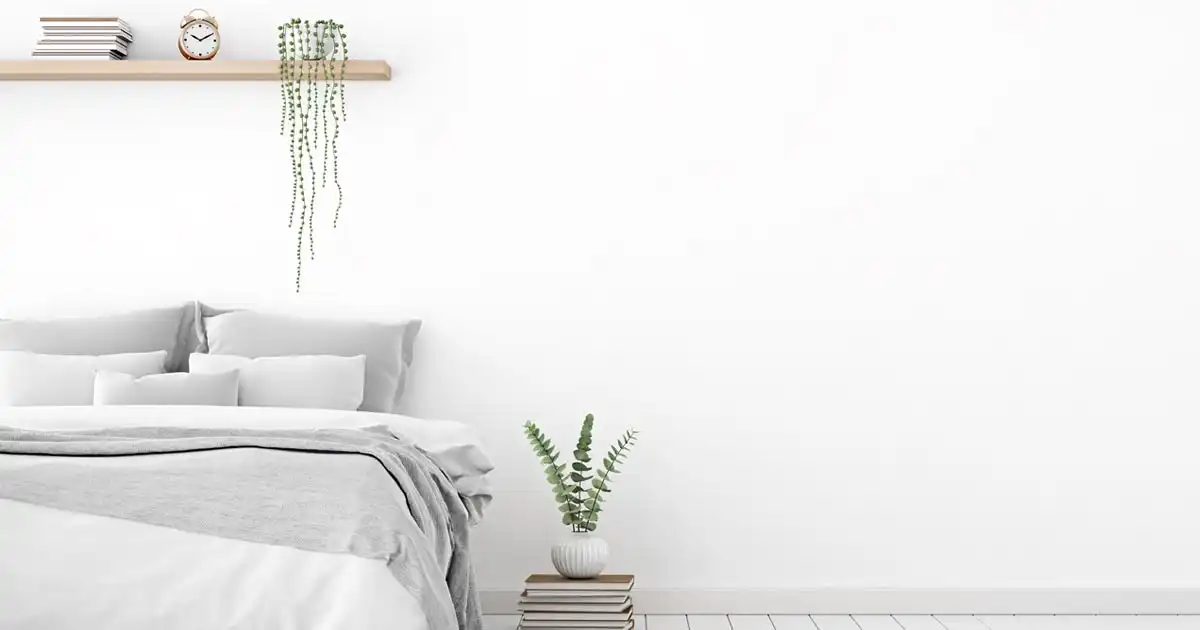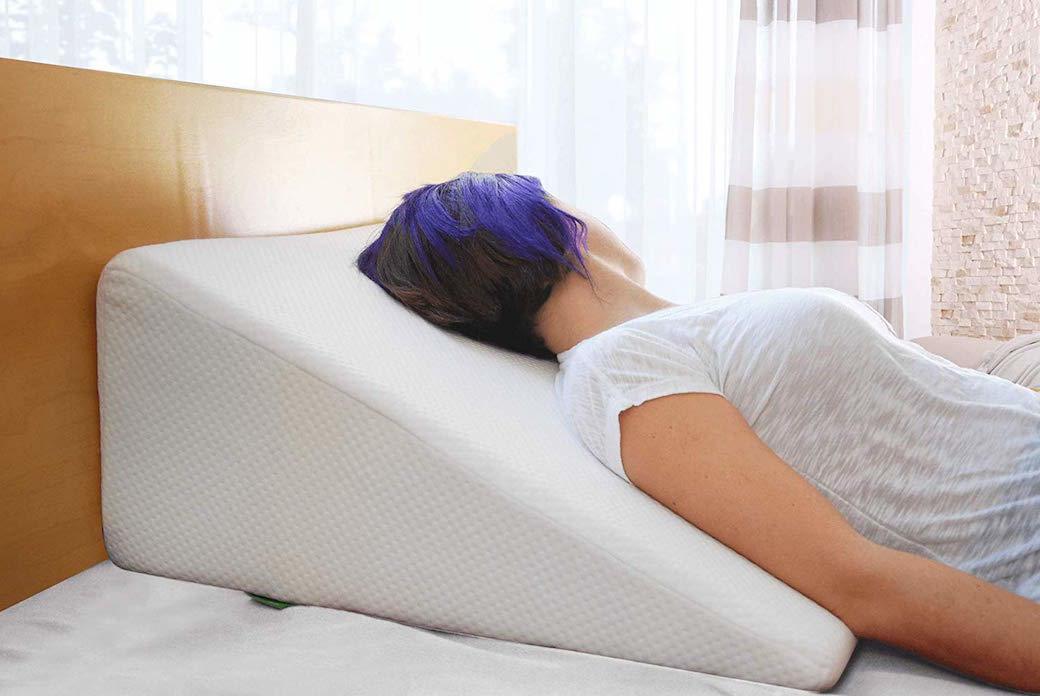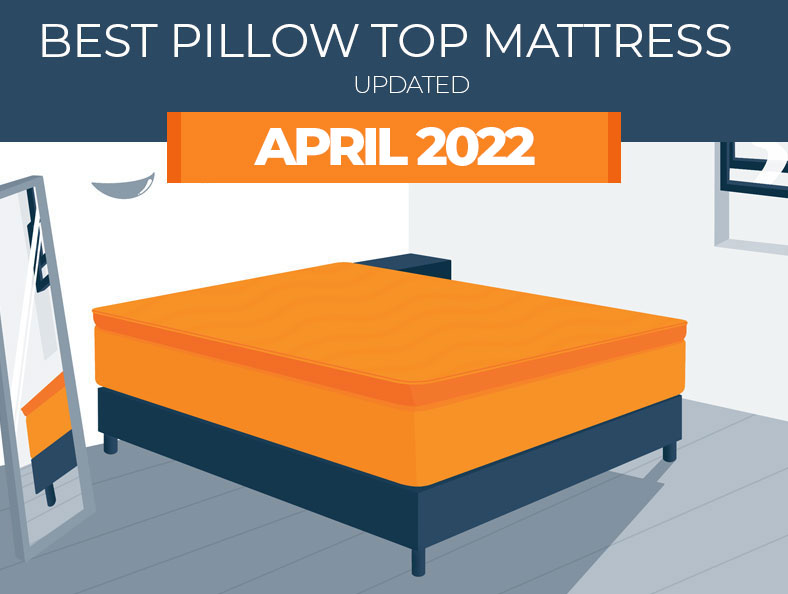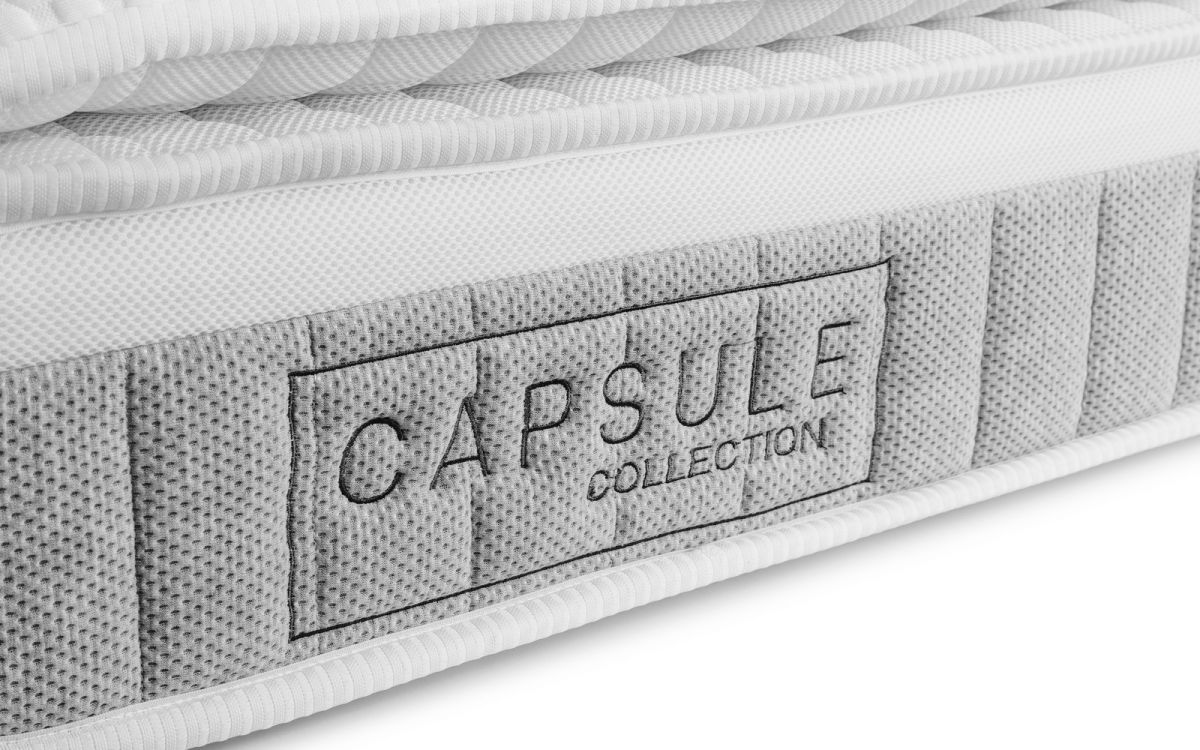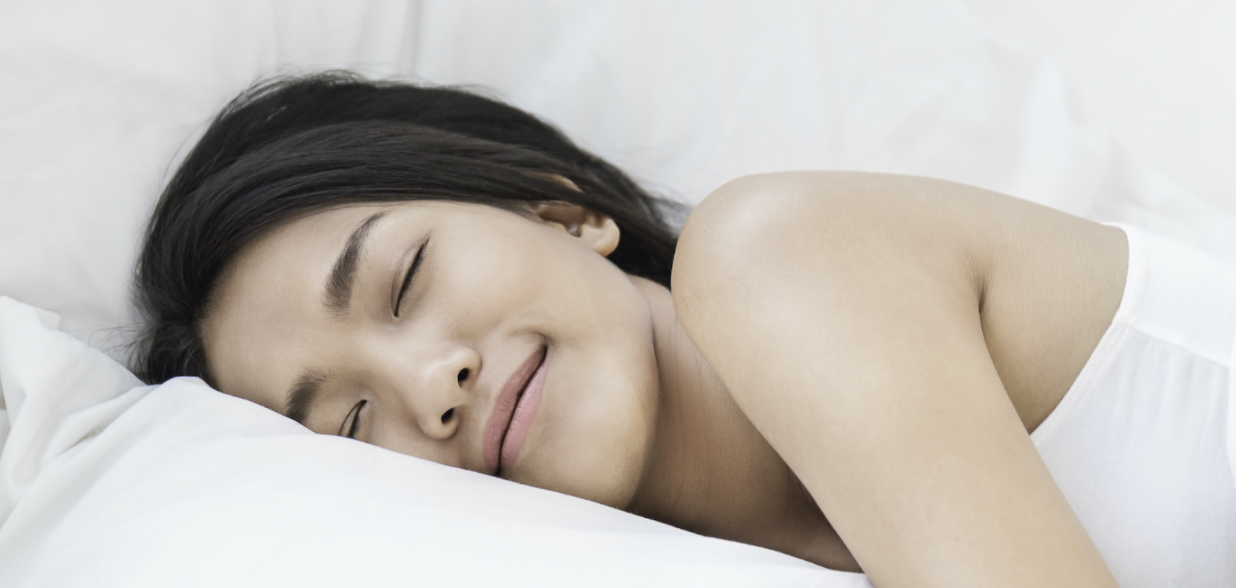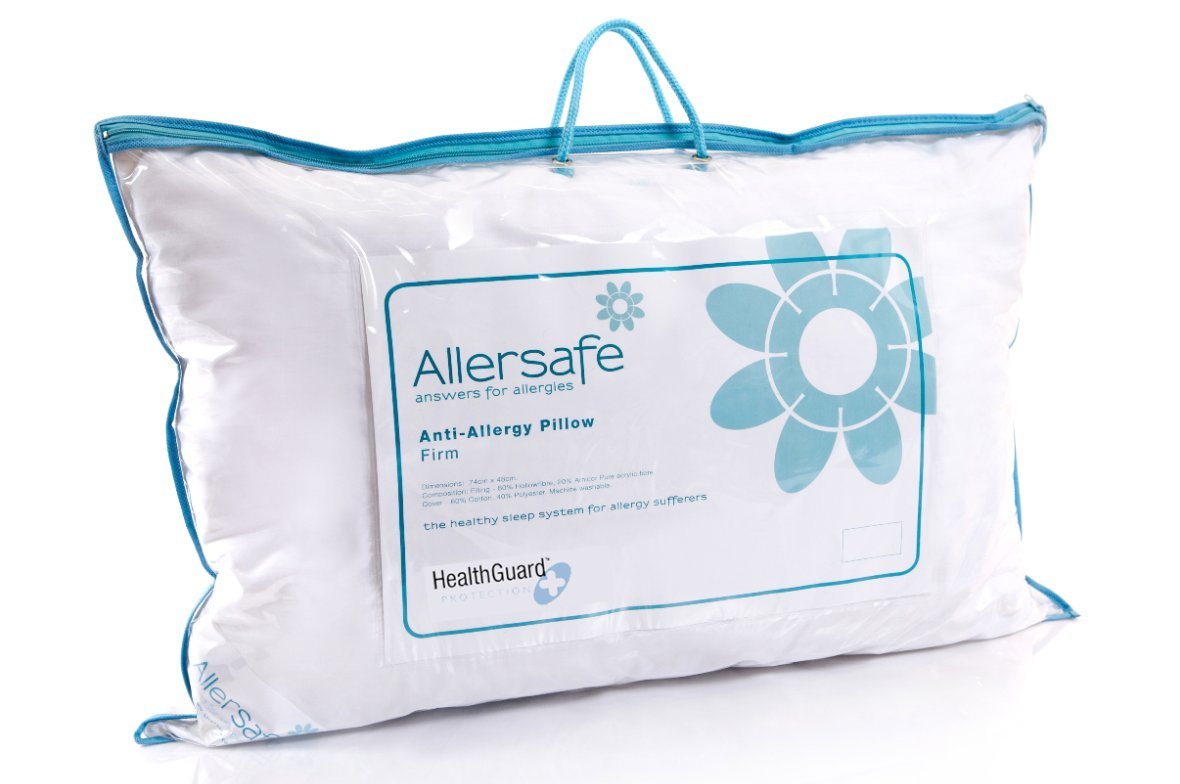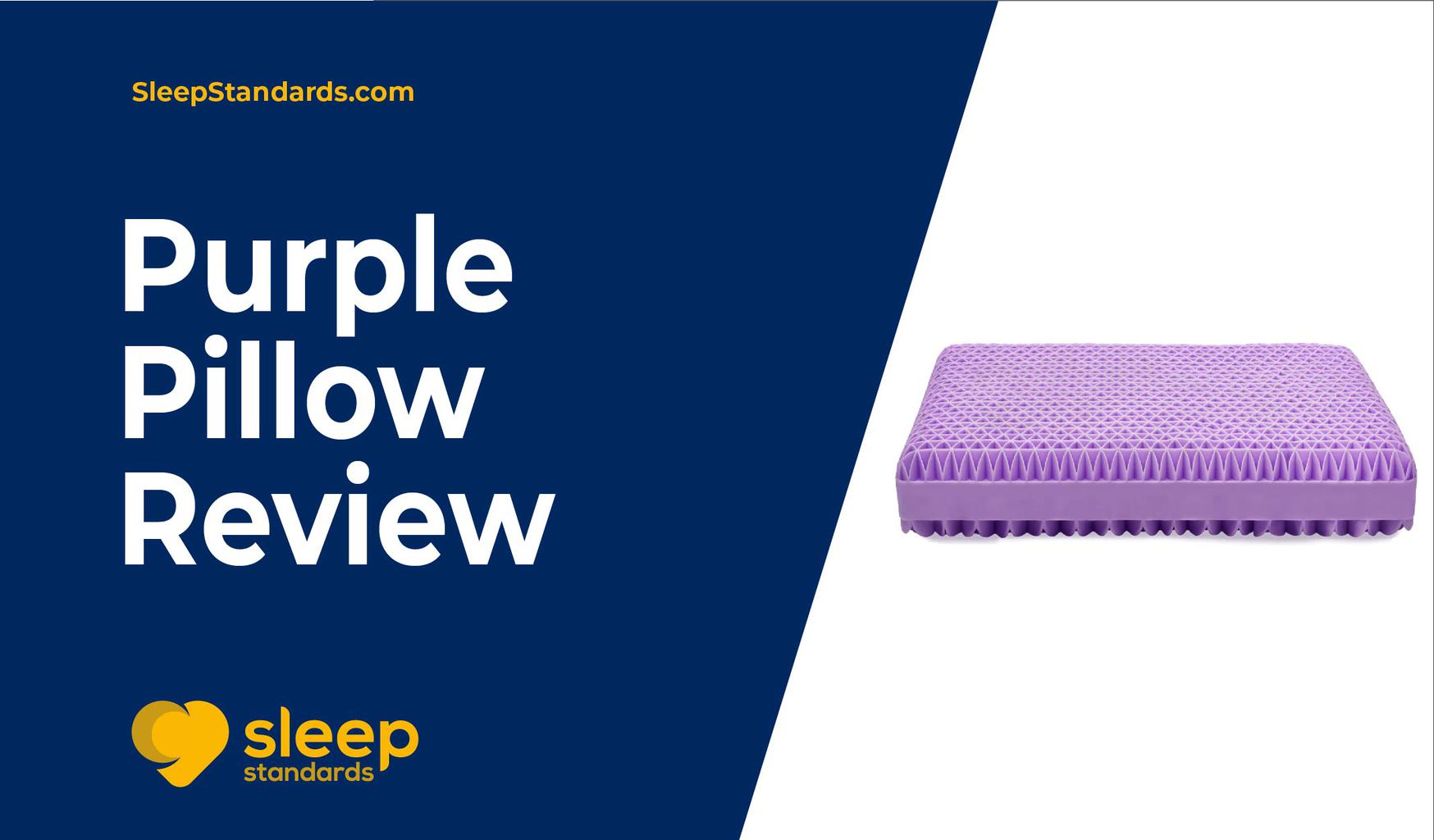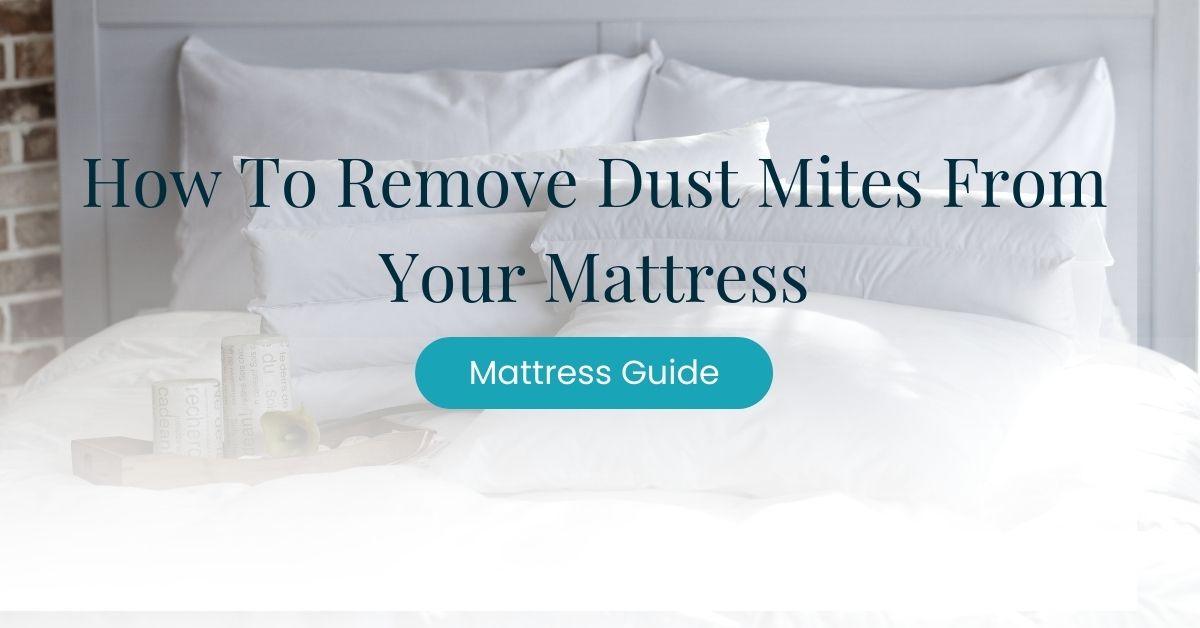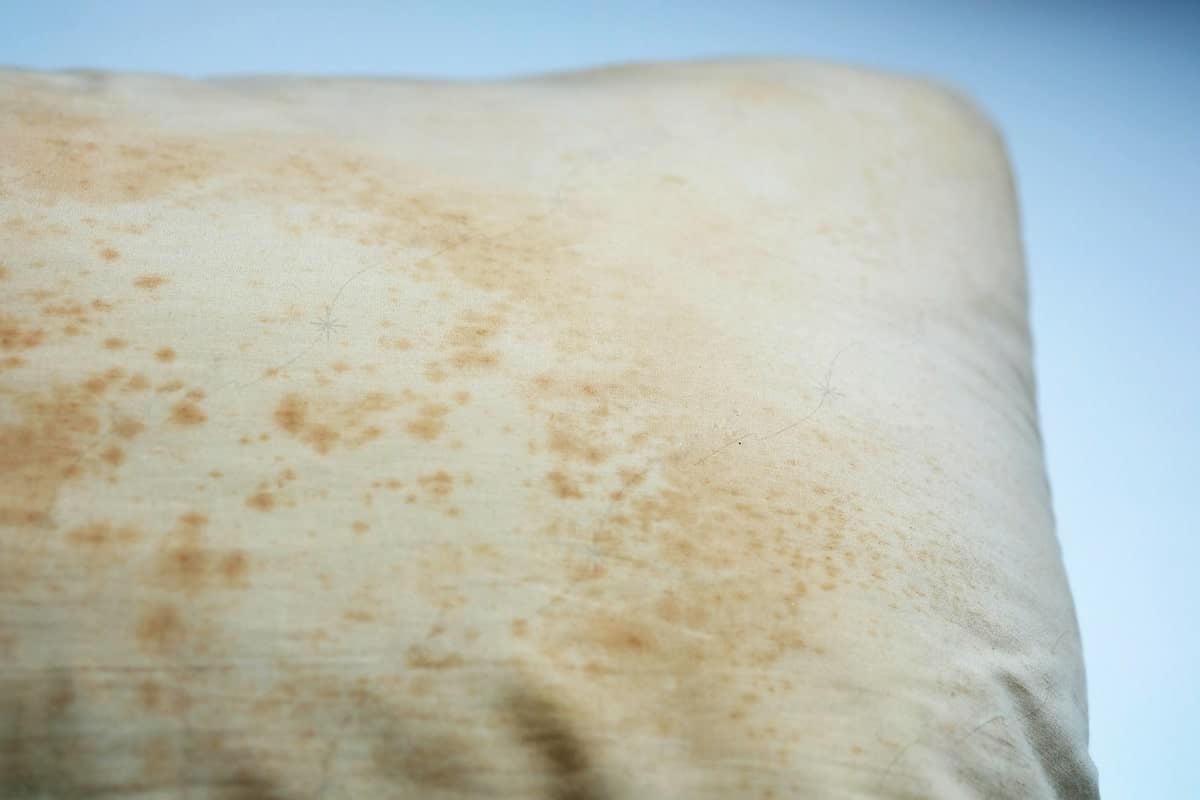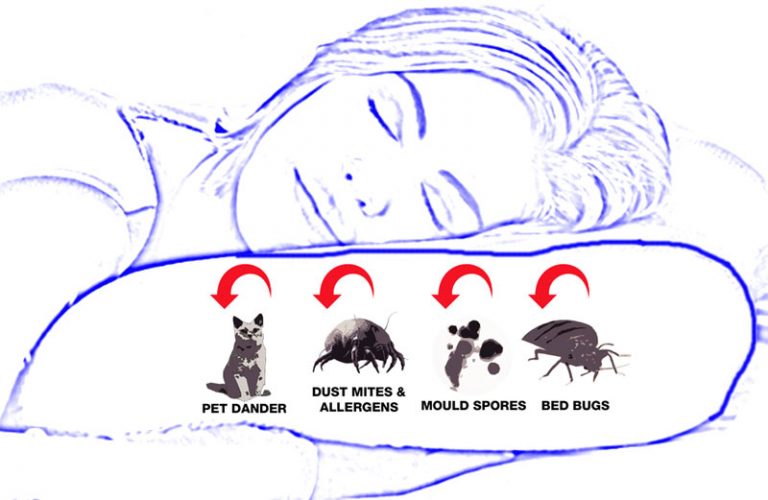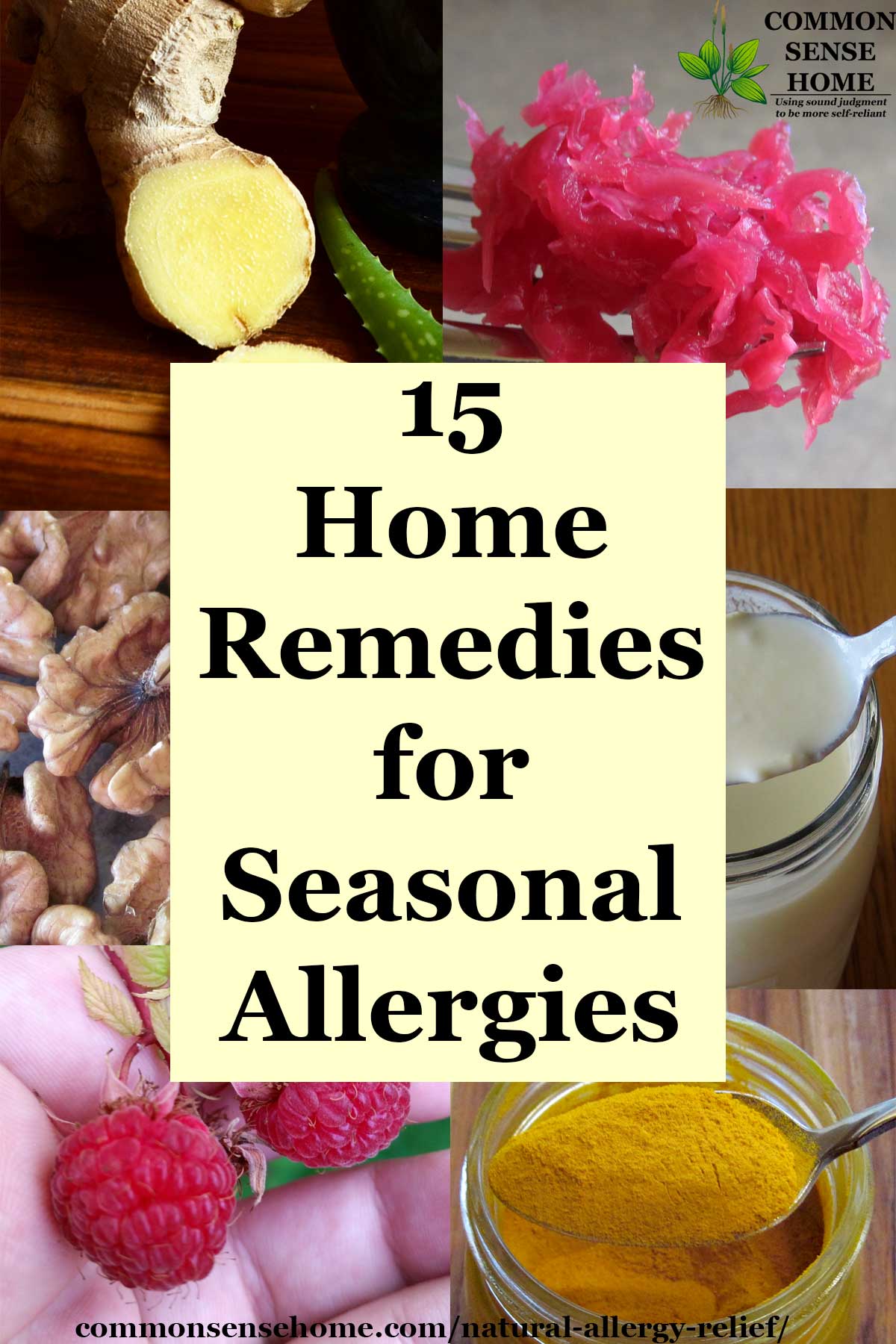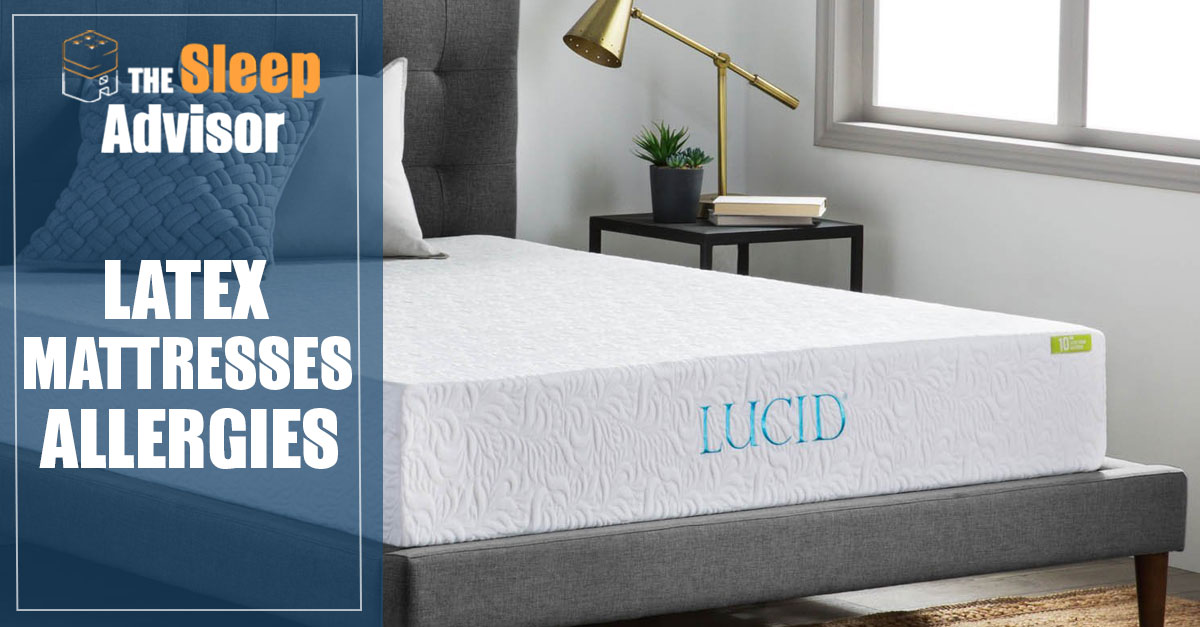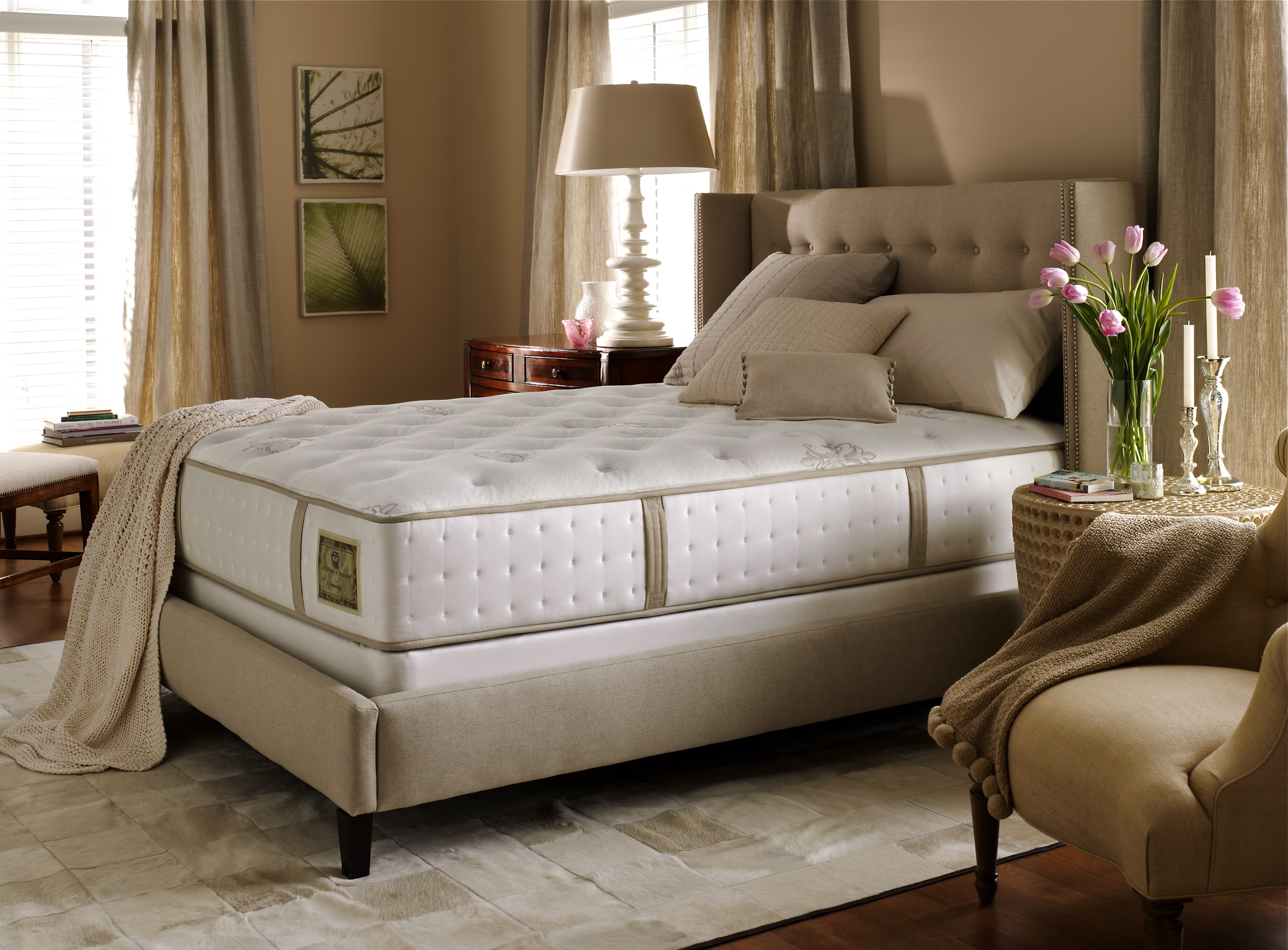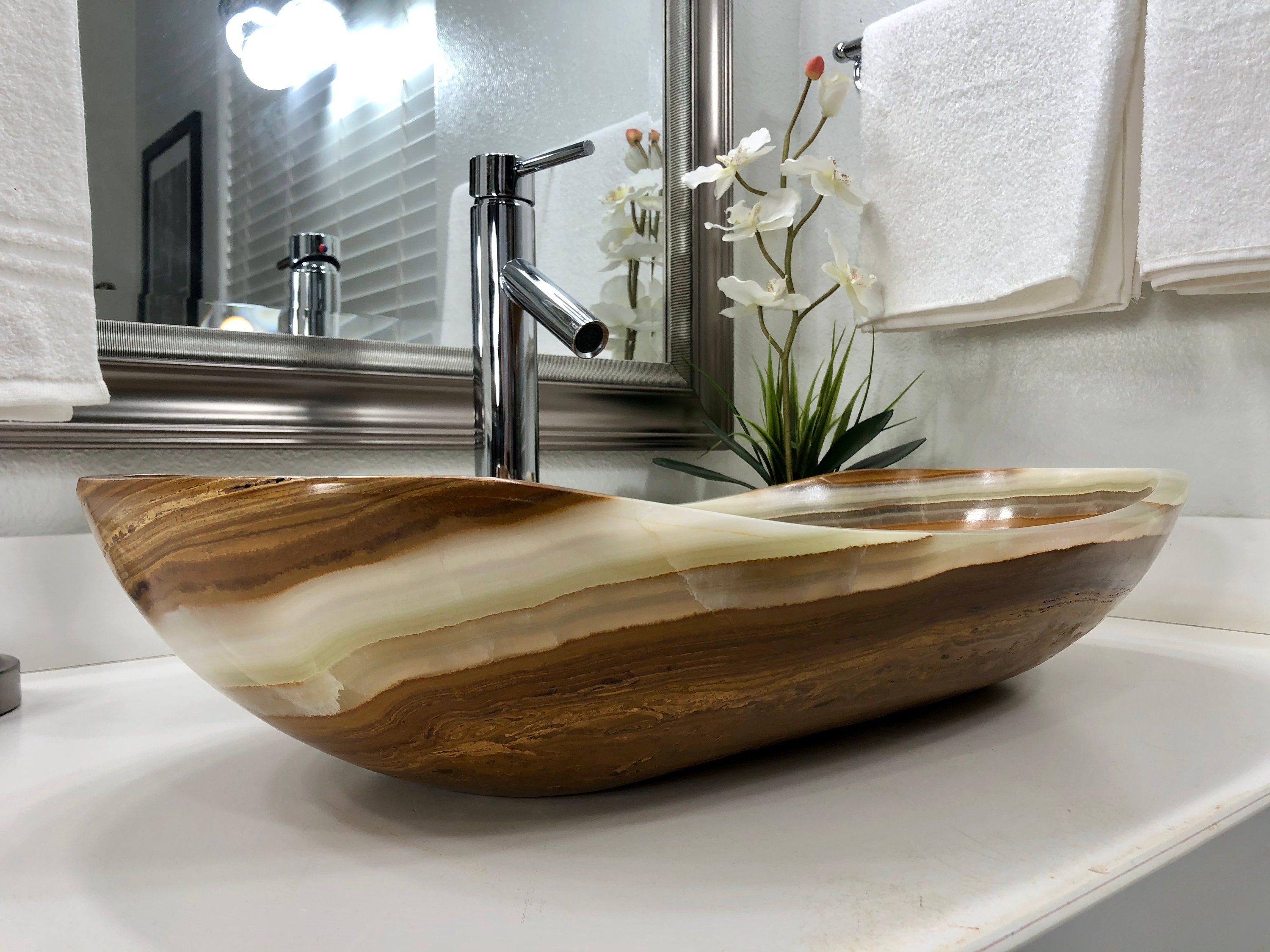If you're constantly waking up with a stuffy nose, itchy eyes, or sneezing fits, your beloved pillow top mattress may be to blame. Pillow top mattresses are known for their luxurious comfort and support, but for some people, they can also trigger allergies. So, what exactly are the symptoms of allergies to pillow top mattresses? First and foremost, you may experience respiratory symptoms such as nasal congestion, coughing, and wheezing. This is because pillow top mattresses can harbor dust mites, mold, and other allergens that can irritate your airways. You may also notice skin irritation, such as rashes or hives, after sleeping on your pillow top mattress. If you have a pre-existing condition like asthma or eczema, your symptoms may be even more severe. It's important to pay attention to these symptoms and determine if they are related to your pillow top mattress.1. Symptoms of Allergies to Pillow Top Mattresses
The first step in dealing with allergies to your pillow top mattress is to confirm that it is indeed the culprit. One way to do this is to temporarily switch to a different type of mattress, such as a memory foam or latex mattress, and see if your symptoms improve. You can also get an allergy test done by a doctor to determine the specific allergens that may be causing your reaction. If your symptoms only occur when you sleep on your pillow top mattress, it's likely that it's the cause of your allergies.2. How to Determine if You're Allergic to Your Pillow Top Mattress
Pillow top mattresses are made with a variety of materials, and any of these could potentially trigger an allergic reaction. The most common allergens found in pillow top mattresses include dust mites, mold, pet dander, and even the chemicals used in the manufacturing process. Dust mites are particularly problematic as they thrive in warm, humid environments and can easily become trapped in the layers of your pillow top mattress. Mold can also grow in the moist environment of a pillow top mattress, especially if it's not properly cleaned and maintained.3. Common Allergens Found in Pillow Top Mattresses
If you don't want to give up your beloved pillow top mattress, there are steps you can take to reduce your exposure to allergens. First and foremost, invest in a high-quality mattress protector that is specifically designed to block out dust mites and other allergens. You should also regularly wash your bedding, including your pillow cases, sheets, and comforter, in hot water to kill any dust mites or allergens that may be present. Vacuuming your mattress and using a HEPA filter can also help to reduce allergens in your bedroom.4. Tips for Reducing Allergies to Pillow Top Mattresses
If you find that your allergies are too severe to continue using a pillow top mattress, there are alternatives that may be more suitable for your needs. Memory foam and latex mattresses are both hypoallergenic and can provide similar levels of comfort and support. You can also opt for a pillow top mattress made with natural materials, such as organic cotton or wool, which are less likely to harbor allergens. Just be sure to thoroughly research the materials used in the mattress and read reviews from other allergy sufferers before making a purchase.5. Alternatives to Pillow Top Mattresses for Allergy Sufferers
Proper maintenance and cleaning of your pillow top mattress is crucial in reducing allergens. Regularly vacuuming your mattress and using a mattress protector can go a long way in keeping dust mites and other allergens at bay. If your mattress does become stained or soiled, spot clean it immediately with a mild detergent and warm water. Avoid using harsh chemicals or cleaners, as they can irritate your allergies even more. And be sure to let your mattress fully dry before putting on fresh bedding.6. How to Clean and Maintain Your Pillow Top Mattress to Reduce Allergies
When shopping for a new pillow top mattress, look for brands that specifically cater to allergy sufferers. These brands may use hypoallergenic materials or have special cleaning and maintenance instructions to reduce allergens. Some popular allergy-friendly pillow top mattress brands include Avocado, Saatva, and Birch. These brands use natural and organic materials that are less likely to trigger allergies, and they often have great reviews from customers with allergies.7. Allergy-Friendly Pillow Top Mattress Brands
As mentioned earlier, dust mites are a common allergen found in pillow top mattresses. These microscopic creatures feed on dead skin cells and can cause a variety of allergy symptoms in sensitive individuals. To reduce the presence of dust mites in your pillow top mattress, make sure to wash your bedding regularly, use a high-quality mattress protector, and vacuum your mattress and bedroom frequently. You may also want to consider investing in a dehumidifier to keep the humidity levels in your room low, as dust mites thrive in humid environments.8. The Connection Between Dust Mites and Pillow Top Mattress Allergies
If you prefer to take a more natural approach to managing your allergies, there are a few remedies that may provide relief. Essential oils, such as eucalyptus and peppermint, can help to ease respiratory symptoms and reduce inflammation. You can also try using a Himalayan salt lamp in your bedroom, as it is believed to release negative ions that can purify the air and reduce allergens. And incorporating anti-inflammatory foods into your diet, such as turmeric and ginger, can also help to alleviate symptoms.9. Natural Remedies for Allergies to Pillow Top Mattresses
If your allergies to your pillow top mattress are severe and affecting your daily life, it's important to seek medical treatment. Your doctor may recommend over-the-counter or prescription medications to help manage your symptoms. In some cases, immunotherapy may be necessary, which involves gradually exposing you to small doses of the allergen to build up your tolerance. This can help to reduce your sensitivity to allergens in the long term. With these tips and remedies, you can better manage your allergies to pillow top mattresses and continue to enjoy a good night's sleep. Remember to regularly clean and maintain your mattress and consider switching to an allergy-friendly brand if necessary. Don't let allergies get in the way of your comfort and restful sleep. 10. Seeking Medical Treatment for Severe Allergies to Pillow Top Mattresses
Why You May Be Allergic to Your Pillow Top Mattress

If you are someone who wakes up with a stuffy nose, itchy eyes, or a scratchy throat, you may be quick to blame allergies or a cold. However, have you ever stopped to consider that your pillow top mattress could be the culprit?
The Hidden Dangers of Pillow Top Mattresses
While pillow top mattresses are known for their luxurious softness and comfort, they may not be the best option for those with allergies. These mattresses are typically made with extra layers of foam or fiber padding on top of the mattress, creating a plush, cushioned feel. However, these added layers can also trap dust, dirt, and allergens, making it a breeding ground for irritants that can trigger allergies or asthma.
The Link Between Pillow Top Mattresses and Allergies

Pillow top mattresses are made of materials like cotton, wool, and latex, which are known to attract dust mites, pet dander, and other allergens. These microscopic creatures thrive in warm, humid environments, and a pillow top mattress provides the perfect conditions for them to multiply. As you sleep, your body movements cause these allergens to be released into the air, leading to allergy symptoms.
How to Alleviate Your Allergy Symptoms
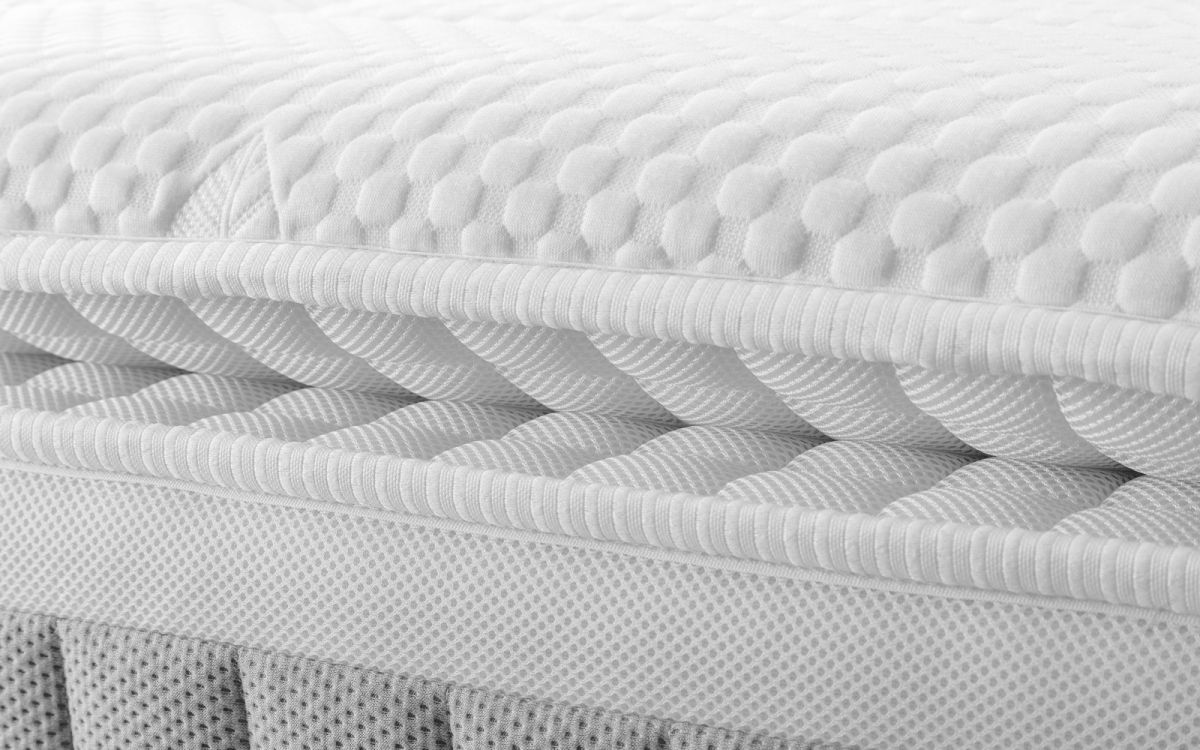
If you suspect that your pillow top mattress is causing your allergy symptoms, there are a few steps you can take to alleviate them. One option is to invest in a hypoallergenic mattress cover, which can create a barrier between you and the allergens. Regularly washing your bedding in hot water can also help get rid of dust mites and other allergens. However, the most effective solution may be to replace your pillow top mattress with a different type of mattress that is less prone to collecting allergens.
Consider a Different Type of Mattress

There are many other types of mattresses on the market that may be better suited for those with allergies. Memory foam mattresses, for example, are made with a dense foam that is less likely to attract dust mites. Additionally, natural latex mattresses are resistant to dust mites and mold, making them a great option for allergy sufferers. Whichever type of mattress you choose, be sure to regularly clean and maintain it to keep allergens at bay.
In conclusion, if you are struggling with allergies, your pillow top mattress may be to blame. Consider switching to a different type of mattress, and be sure to take steps to keep your bedding clean and allergen-free. By making a few changes, you can enjoy a good night's sleep without the sneezing, itching, and congestion.
